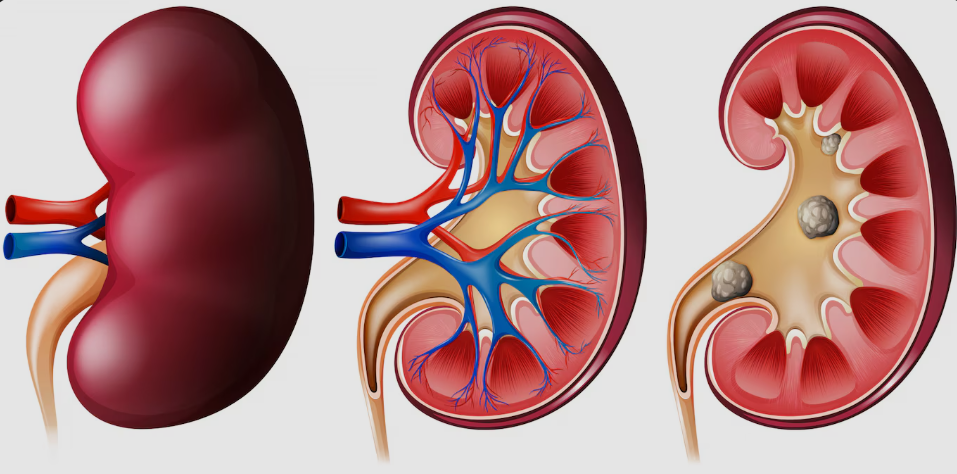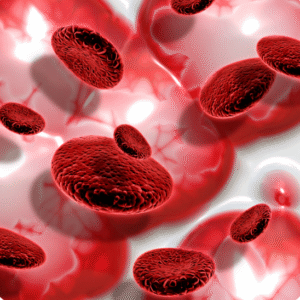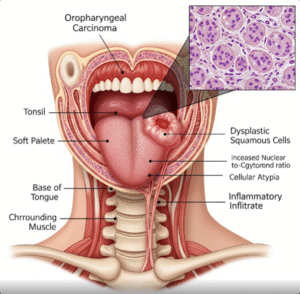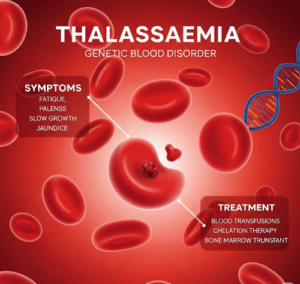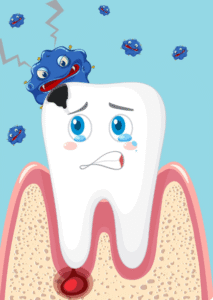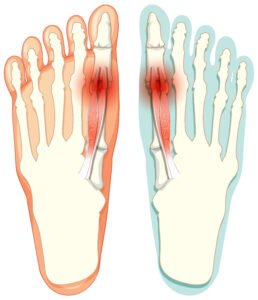Overview
An Abdominal Aortic Aneurysm (AAA) is a potentially serious condition in which the lower part of the aorta — the large blood vessel that delivers blood from the heart to the rest of the body — becomes enlarged or bulges outward. This occurs in the abdomen, below the chest. If the aneurysm grows too large, it can rupture suddenly, causing life-threatening internal bleeding.
What Is Abdominal Aortic Aneurysm?
The aorta is the body’s main artery. It runs from the heart through the chest and abdomen, supplying oxygen-rich blood to vital organs. When the wall of the abdominal part of the aorta weakens, it may balloon outward. This is called an abdominal aortic aneurysm.
Most AAAs grow slowly and may not cause symptoms. However, larger aneurysms are at greater risk of rupturing, which can cause severe bleeding and even death if not treated immediately.
Symptoms
Many people with AAA don’t experience symptoms until the aneurysm becomes large or ruptures. When symptoms do occur, they may include:
- A deep, constant pain in the abdomen or lower back
- A pulsating feeling near the navel (belly button)
- Sudden, severe abdominal or back pain
- Low blood pressure, rapid heart rate, or fainting (signs of rupture)
Important: A ruptured AAA is a medical emergency. Immediate care is critical.
Causes
The exact cause of AAA is not always known, but several factors can damage or weaken the aortic wall:
- Atherosclerosis (plaque buildup in the arteries)
- High blood pressure
- Smoking (major risk factor)
- Infection or inflammation of blood vessels
- Genetic conditions affecting connective tissue
- Trauma or injury to the abdomen
Risk Factors
Certain factors increase your risk of developing an abdominal aortic aneurysm:
- Age: Most common in people over 65
- Sex: More common in men
- Smoking: Increases risk and speeds up aneurysm growth
- Family history of aneurysms
- High blood pressure and high cholesterol
- Obesity
- Atherosclerosis (narrowing or hardening of arteries)
- Chronic lung disease and inflammatory conditions
Complications
The most dangerous complication of AAA is rupture, which can cause:
- Massive internal bleeding
- Shock
- Organ failure
- Death
Other complications may include:
- Blood clots forming inside the aneurysm
- Reduced blood flow to legs or organs
- Compression of nearby nerves or organs
Prevention
While not all AAAs can be prevented, you can reduce your risk by following heart-healthy habits:
- Quit smoking
- Manage blood pressure and cholesterol
- Exercise regularly
- Eat a balanced, low-sodium diet
- Maintain a healthy weight
- Control diabetes and other chronic diseases
- Get regular screening if you’re over 65 or at high risk
Treatment Options for AAA in Korea
1. Monitoring (for small or slow-growing aneurysms)
- Regular ultrasound or CT scan follow-ups
- Blood pressure control (beta-blockers, ACE inhibitors)
- Lifestyle changes (no smoking, cholesterol control)
2. Endovascular Aneurysm Repair (EVAR)
- Minimally invasive
- Uses a stent graft through groin arteries
- Short recovery time
- Most common method in Korea
3. Open Surgical Repair
- Major surgery to replace the damaged aorta
- Used for complex cases or when EVAR is not possible
4. Emergency Surgery
Requires immediate operation and ICU care

